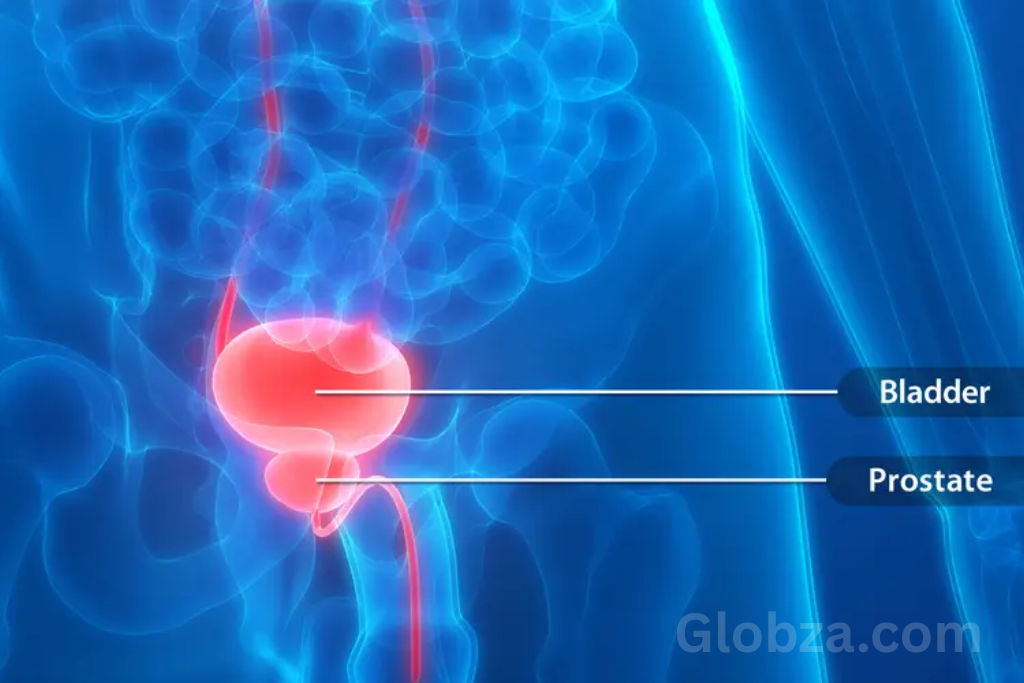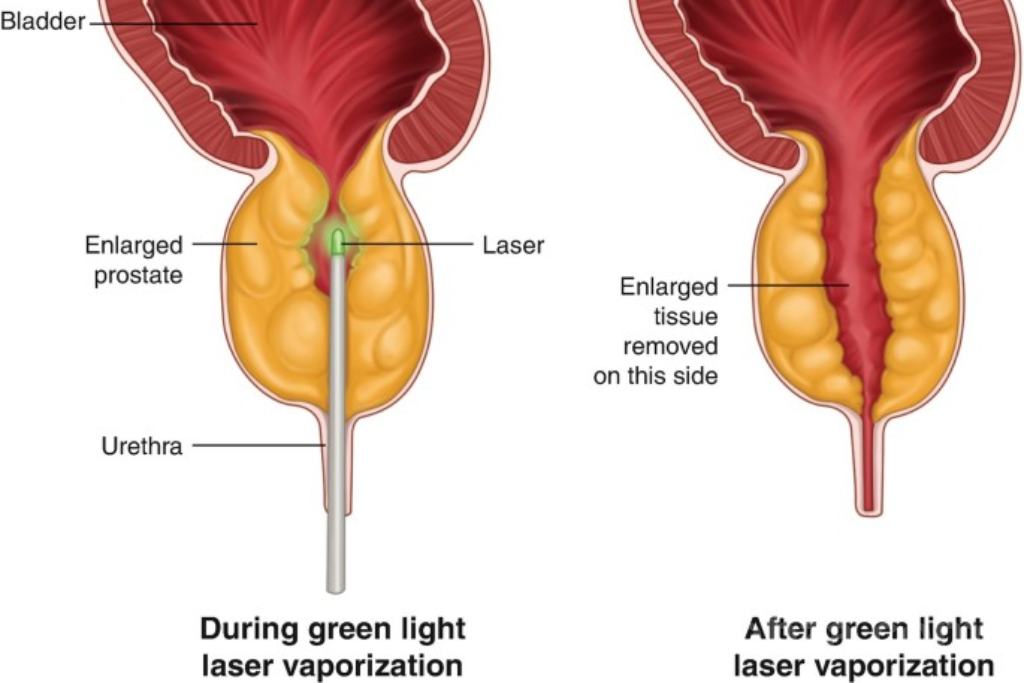Introduction
Benign Prostate Hyperplasia Surgery has transformed the treatment of enlarged prostate conditions. This procedure, often known simply as BPH surgery, helps relieve urinary symptoms that severely affect a man’s quality of life. According to Dr. Alan Hayes, a leading urologist at the Mayo Clinic, “Minimally invasive BPH surgery can improve urinary flow and reduce complications that come from untreated prostate enlargement.” This blog will explore how Benign Prostate Hyperplasia Surgery works, its benefits, patient expectations, and future developments. If you or a loved one are considering treatment, you will find practical answers here, backed by expert opinions and patient experiences.
How Benign Prostate Hyperplasia Surgery Works
Benign Prostate Hyperplasia Surgery aims to remove or reduce excess prostate tissue that blocks urine flow. This can be done through procedures like transurethral resection of the prostate (TURP), laser enucleation, or robotic-assisted methods. Each technique has distinct recovery timelines and advantages. Dr. James Porter of Swedish Urology Institute states, “New laser-based techniques help patients go home faster with fewer complications.” The effectiveness of BPH surgery lies in targeting the obstruction directly, providing relief when medication has failed or side effects are too severe. Understanding each technique helps patients make informed choices.
Patients are usually placed under anesthesia, and the urologist uses a scope through the urethra to reach the prostate. Tissue is then removed or vaporized to clear the urinary path. Recovery times have improved thanks to newer approaches, meaning many men resume normal activity within days. However, proper follow-up remains crucial to ensure a successful outcome and monitor for any complications.

Benefits of Benign Prostate Hyperplasia Surgery
The main benefit of Benign Prostate Hyperplasia Surgery is long-term symptom relief. Patients often see dramatic improvements in urinary flow, reduced urgency, and fewer nighttime trips to the bathroom. According to the American Urological Association, “90% of patients report significantly improved quality of life after BPH surgery.” Beyond symptom relief, surgery can help protect bladder and kidney function, which might otherwise be at risk due to long-standing obstruction. Unlike medications that only shrink the prostate partially, surgery offers more lasting results. Most patients no longer need to continue lifelong medication after surgery, which is another plus.
Secondary benefits include reduced risk of infections and bladder stones caused by poor urine flow. Patients who have suffered repeated urinary tract infections often see these problems disappear. While no surgery is risk-free, modern techniques have lowered complications considerably, making Benign Prostate Hyperplasia Surgery a reliable choice for patients with persistent symptoms.
Synonyms for Benign Prostate Hyperplasia Surgery: What to Know
Throughout the medical field, you might hear different terms for Benign Prostate Hyperplasia Surgery. Commonly used synonyms include “prostate resection,” “prostate removal,” and “BPH procedure.” It is crucial to know that while these names vary, the core goal remains the same: restoring normal urine flow by removing excess prostate tissue. Dr. Ravi Menon from Johns Hopkins Hospital explains, “Patients are often confused by terminology, but what matters is the outcome, not the label.” This clarity helps patients navigate treatment options with more confidence and less anxiety.
Be sure to ask your urologist what technique they recommend for your situation. The choice may depend on prostate size, existing health conditions, and your personal preferences. Never hesitate to ask for a second opinion if you feel unsure about the suggested method.
What to Expect After Benign Prostate Hyperplasia Surgery
Recovery after Benign Prostate Hyperplasia Surgery has come a long way. Many men are surprised at how quickly they get back on their feet. Short hospital stays and same-day discharge have become more common with laser and robotic-assisted options. Dr. Karen Doyle, a urology nurse practitioner, says, “Patients can often go home the same day with a catheter, which is removed within a week.” Some soreness and light bleeding are normal in the first days after surgery, but severe pain is rare.
Follow-up appointments are vital to monitor healing and address any issues early. Patients are encouraged to drink plenty of fluids to flush the bladder and avoid strenuous activities for a short period. After about four to six weeks, most men resume full normal activities without restrictions. Sexual function usually returns, although temporary retrograde ejaculation can occur.
Expert Quotes
Experts around the world emphasize the benefits of modern BPH surgery techniques. Dr. William Chen of Harvard Medical School comments, “For men who suffer from chronic urinary symptoms, Benign Prostate Hyperplasia Surgery is life-changing.” These endorsements show confidence in the procedure’s ability to transform lives. At the same time, experts stress the importance of personalized treatment. “Every patient deserves a customized plan based on his goals and lifestyle,” adds Dr. Chen.
Patients should weigh the benefits of symptom relief against the short-term recovery time. Most experts agree that quality of life gains far outweigh the temporary inconvenience of surgery. Always talk to a qualified urologist before deciding.

Advances
The future of Benign Prostate Hyperplasia Surgery looks promising. New developments include water vapor therapy and high-intensity ultrasound, which may further reduce side effects and hospital stays. Dr. Elena Rossi, a research urologist, shares, “Emerging technologies will make BPH surgery even less invasive.” These minimally invasive innovations could help more men benefit from treatment with fewer complications and faster recovery.
Another trend is improving personalization with imaging and data tools. Surgeons can now better predict prostate size and plan precise resections, cutting down on unnecessary tissue removal. This not only preserves sexual function but also reduces overall side effects, according to current studies in the *Journal of Urology*.
Conclusion
Benign Prostate Hyperplasia Surgery remains a proven, effective solution for men with persistent urinary symptoms who want lasting relief. Its benefits extend far beyond improved urine flow, protecting bladder and kidney function and improving quality of life. As Dr. Hayes summarized, “Modern BPH surgery is safer and more effective than ever.” If medications have failed, talking to your urologist about surgical options is a smart next step. Remember to weigh the benefits, risks, and recovery expectations. Thanks to constant innovation, the outlook for Benign Prostate Hyperplasia Surgery continues to improve, offering hope to millions worldwide.




